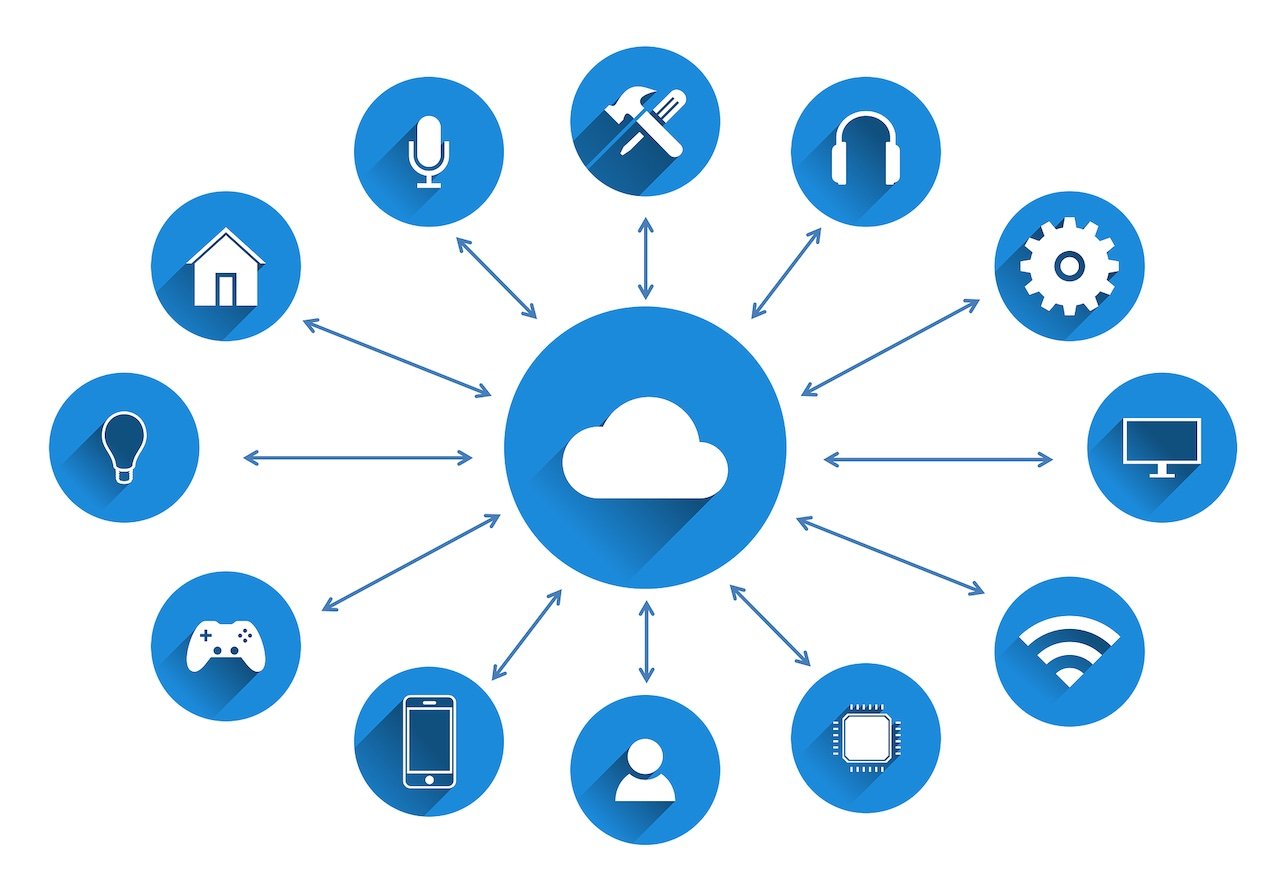
- April 2025 (1)
- March 2025 (2)
- February 2025 (1)
- December 2024 (2)
- November 2024 (2)
- August 2024 (2)
- June 2024 (3)
- May 2024 (3)
- April 2024 (1)
- March 2024 (3)
- February 2024 (2)
- January 2024 (2)
- December 2023 (1)
- November 2023 (2)
- October 2023 (2)
- September 2023 (1)
- August 2023 (1)
- July 2023 (2)
- June 2023 (3)
- May 2023 (2)
- April 2023 (1)
- March 2023 (4)
- February 2023 (1)
- January 2023 (2)
- November 2022 (2)
- October 2022 (1)
- September 2022 (1)
- August 2022 (2)
- July 2022 (2)
- June 2022 (2)
- May 2022 (1)
- April 2022 (3)
- March 2022 (1)
- February 2022 (3)
- January 2022 (2)
- December 2021 (1)
- November 2021 (1)
- October 2021 (2)
- September 2021 (3)
- August 2021 (1)
- July 2021 (4)
- June 2021 (1)
- May 2021 (2)
- April 2021 (2)
- March 2021 (2)
- February 2021 (3)
- January 2021 (3)
- December 2020 (1)
- October 2020 (1)
- August 2020 (1)
- August 2019 (1)
- January 2019 (2)
- September 2018 (5)
- June 2018 (1)
- November 2017 (1)
- September 2017 (1)
- July 2017 (1)
- May 2017 (1)
- January 2017 (1)
- October 2016 (2)
- August 2016 (1)
- July 2016 (1)
- June 2016 (1)
Subscribe by email
Though IoT can streamline business operations and provide convenience for consumers, setting up an effective IoT ecosystem is anything but simple. There isn’t a magic wand when it comes to IoT connectivity. (If only it were so easy!) But there are ways to navigate the connectivity challenges you’ll face with your IoT system to ensure it will support future growth with global deployments and provide best-in-class services in a secure and stable environment. This article will share four of the most common connectivity challenges IoT faces today and how to solve them.
What Is IoT Connectivity?
When we talk about IoT connectivity, we refer to the method of connection between the various components of an IoT ecosystem. These elements may include devices, sensors, routers, platforms, applications, and other systems. Connectivity between these components is essential so they can communicate with each other and to the cloud. Thus, connectivity is the backbone of an IoT ecosystem and a core requirement for it to work effectively and offer the value we’ve come to expect from IoT.
Why Is IoT Connectivity so Important?
IoT connectivity is fundamental to IoT — without it, there’s no internet of things. There are a number of different connectivity options to choose from based on the needs of the IoT ecosystem for bandwidth, power consumption, and range. It’s not always an easy decision to make, but it’s important that you determine the best connectivity method for your system’s needs.
Why is choosing the right connectivity method so crucial? Because a lot is riding on this decision. Businesses use IoT to create new products and expand into new markets, providing growth opportunities. IoT also makes processes more efficient, cleaner, and safer. It can give companies an edge over competitors and can even make the difference between success and failure. Making the right connectivity choice is the cornerstone of an IoT ecosystem — nothing is more important when it comes to IoT.
IoT Connectivity Challenges and Solutions
Establishing and maintaining connectivity isn’t easy, especially as companies grow and evolve. Here are some of the most common connectivity challenges with IoT systems and how to solve them.
Building an IoT Ecosystem that Will Effectively Scale for Growth
When you set up an IoT ecosystem, you should consider both your current and future needs for connectivity. Building a system that can effectively scale for future growth is an important consideration when establishing your system and making any updates to it. Businesses are seeking tiered IoT functionality to support their needs that is reliable, cost-effective, and will scale.
Here’s where selecting a platform is so important. If possible, you’re better off doing this when first establishing your IoT system, because migrating can be costly and complex. Instead of going with freeware to build something yourself, consider using an established platform to support your current and anticipated future needs. There are different types of platform options that provide for different needs. However, any good partner:
- Will provide a platform that can support your IoT deployments around the world,
- Helps to streamline systems and makes IoT management simple, not complicated.
- Has experience supporting IoT deployments of different sizes - not just POCs (Proof of Concept) or a few hundred devices.
- Offer customizations for the complexities of a growing IoT system.
- Can support multiple methods of integration: via APIs, customizable portals, etc.
Contract Management when Working with Multiple Carriers
Unless your IoT ecosystem operates in a very small geographic region, it will probably make sense to contract with multiple carriers to get the coverage you’ll need. However, managing and maintaining multi-carrier contracts can be a challenge. It requires research to identify the best carriers for each region and at the most affordable price points for your use case.
To navigate this IoT connectivity challenge, look for a partner with robust multi-carrier global coverage. This way, you get major carrier coverage anywhere in the world without needing to negotiate your own contracts. It’s a win for your business, as you can then spend your time and energy in your wheelhouse, providing products and services your customers will love.
Establishing, Monitoring, and Maintaining IoT Security
Devices deployed on cellular networks are inherently more secure than Wi-Fi, simply due to the hurdles that need to be scaled with Wi-Fi. Wi-Fi networks are largely dependent on the customer for security. In contrast, cellular carriers have built their companies to specialize in network operations, administration, and security. They're constantly looking for security risks to their network and the devices on that network. For this reason, cellular is a strong choice for connected devices.
Managing a Global IoT Deployment with Complex Multi-Carrier Coverage
Global IoT deployments add complexity to IoT with having to navigate regional and international boundaries. Securing a connectivity partner with a global network of carriers offering broad coverage is a great start, but that’s not all you need to consider. To make global deployments cost-effective, you also want a partner that has negotiated contracts with the best carriers in each geography. This gives you a competitive advantage: best-in-class services without complex integrations.
A Trusted Partner Can Help You Solve IoT Connectivity Challenges
IoT ecosystems can be complex to set up, and they are complicated to maintain. Having a partner like Zipit with the knowledge and experience to support your system as you evolve is important to the health of your business. Not only can Zipit support your continued success, but we can also make it easier for you to manage the complexities of your IoT ecosystem as you grow.
You might also like:
Related Content
The latest IoT insights and platform updates from Zipit.
IoT devices need flexible network technologies optimized for low-power application...
The network an IoT device selects significantly impacts the strength and reliabili...
Deploying an IoT solution brings significant value to businesses, but it also intr...



